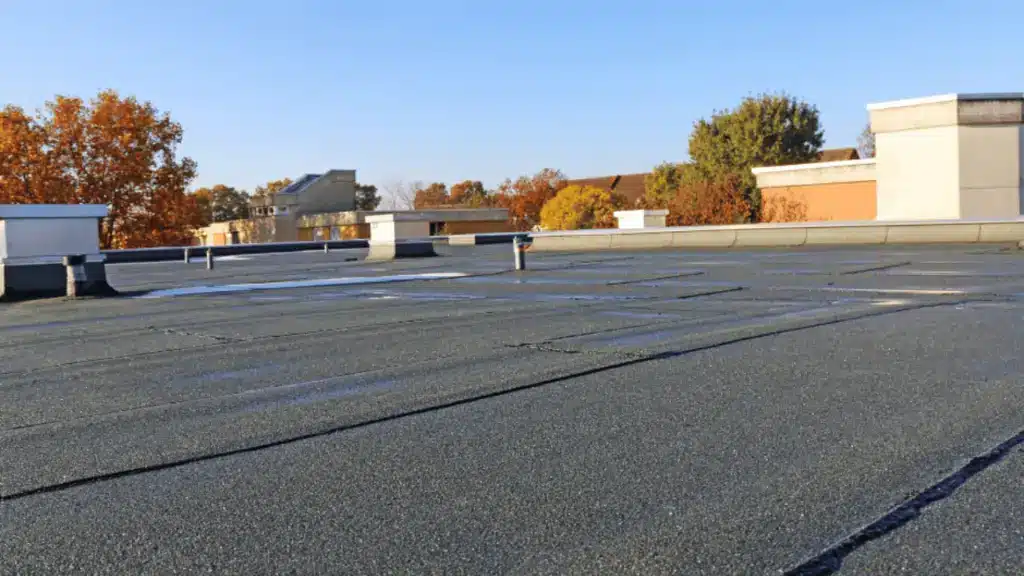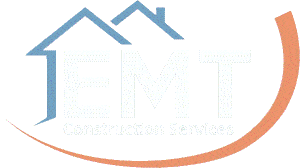
Want to ensure it stays in top condition and save money in the long run? Then you need to understand the importance of flat roof preventative maintenance. By taking proactive steps to inspect and address common issues, you can avoid costly repairs and extend the lifespan of your roof. In this article, we’ll show you how to identify signs of damage and conduct a thorough inspection. Don’t wait until it’s too late – start protecting your roof today.
The Cost-Effective Benefits of Flat Roof Preventative Maintenance
You can save money in the long run by investing in regular flat roof preventative maintenance. It’s important to understand the cost-effective benefits of such maintenance.
By taking proactive measures to maintain your flat roof, you can prevent potential damages and costly repairs in the future. Regular inspections and maintenance can identify small issues before they become major problems, saving you significant expenses down the line.
Additionally, preventative maintenance helps extend the lifespan of your flat roof, maximizing its durability and performance. By addressing issues promptly and keeping your roof in good condition, you can avoid the need for premature roof replacement, which can be a significant financial burden.
Therefore, prioritizing flat roof preventative maintenance isn’t only important for its cost-effective benefits but also for the overall longevity and reliability of your roof.
Common issues with flat roofs
To effectively maintain your flat roof, it’s essential to be aware of common issues that may arise and address them promptly.
Flat roofs are prone to certain problems that can lead to leaks and structural damage if left untreated. One common issue is ponding water, where water accumulates on the flat surface due to poor drainage. This can weaken the roof over time and cause leaks.
Another issue is membrane damage, where the protective layer on the flat roof gets damaged due to weathering or foot traffic. This can compromise the roof’s ability to keep water out.
Additionally, flat roofs are more susceptible to debris buildup, which can clog drains and lead to water pooling.
Regular inspections and maintenance, as part of flat roof preventative maintenance, can help identify and address these issues before they escalate, ensuring the longevity and integrity of your flat roof.
Signs of flat roof damage
Ponding water and membrane damage are common signs of flat roof damage. As someone who wants to belong, it’s important to be aware of these signs to protect your investment.
Ponding water occurs when water accumulates on your flat roof, forming pools that don’t drain properly. This can lead to structural issues and even leaks.
Membrane damage, on the other hand, refers to any tears, cracks, or blistering on the roof’s protective membrane. If left unattended, it can compromise the integrity of your roof, causing water infiltration and potential interior damage.
Keep an eye out for these signs and address them promptly to prevent further damage. Regular inspections and maintenance can help you identify and resolve these issues before they become costly problems.
Steps to conduct a flat roof inspection
Start by gathering the necessary tools, such as a ladder, safety equipment, and a flashlight, to conduct a thorough flat roof inspection. Ensuring the safety of both yourself and the roof is crucial.
Once you have your tools ready, climb up the ladder and carefully walk on the flat surface. Begin by examining the overall condition of the roof, checking for any visible signs of damage or wear. Look for cracks, blistering, or sagging areas. Pay close attention to the seams, edges, and corners of the roof, as these are common trouble spots.
Use your flashlight to check for any moisture or water stains. Document any issues you find and make note of their location.
Regular inspections like these will help you identify and address problems before they escalate, keeping your flat roof in good condition and ensuring its longevity.
Identifying and addressing common flat roof issues
When conducting regular inspections, it’s important for you to be proactive and address any common flat roof issues that you come across. By doing so, you can prevent small problems from turning into major headaches down the line.
One common issue is ponding water, where water accumulates on the roof instead of draining properly. This can lead to leaks and structural damage if not addressed promptly.
Another issue to look out for is blistering or bubbling on the roof surface, which can be caused by trapped moisture or poor installation. These blisters can eventually burst, compromising the roof’s integrity.
Additionally, cracks or splits in the roof membrane should be repaired immediately to prevent water infiltration.
If you want to save money and avoid major repairs, contact EMT Construction Services for flat roof preventative maintenance inspection today!


